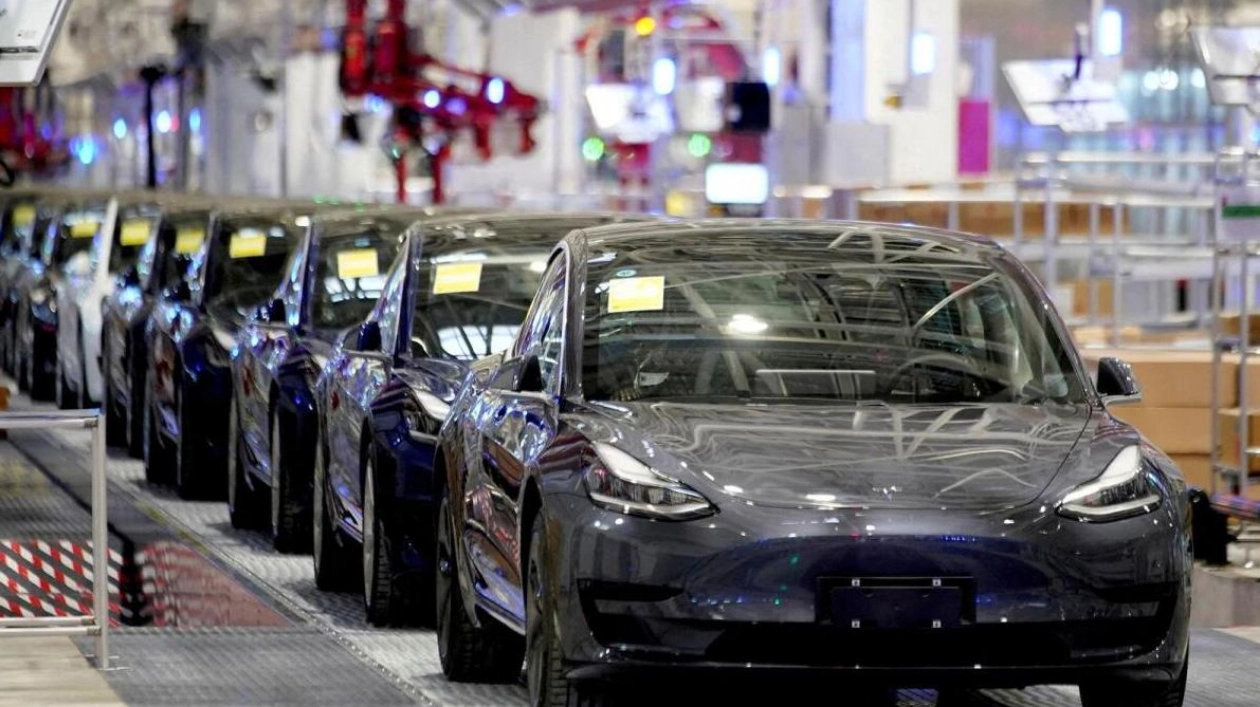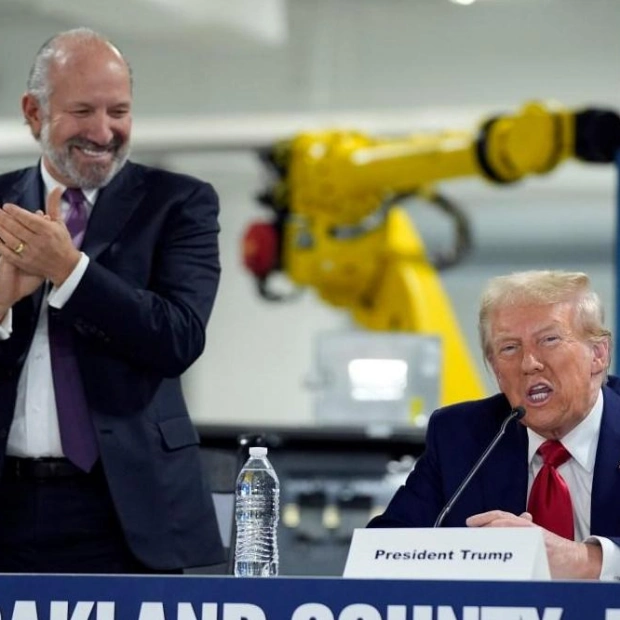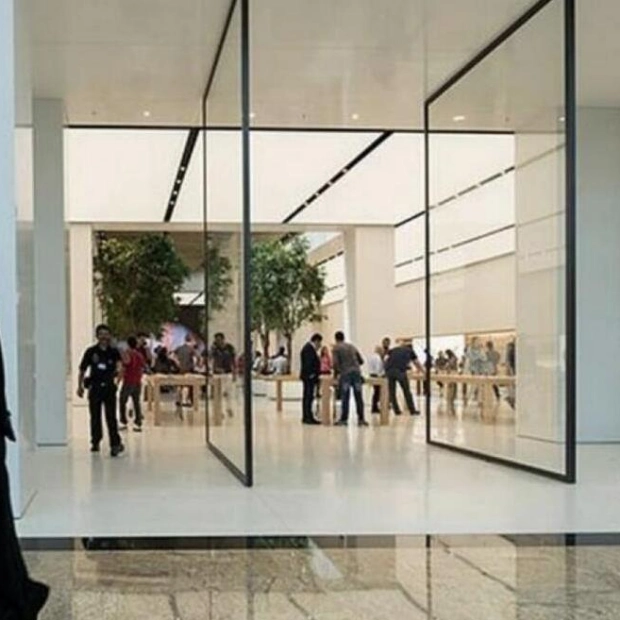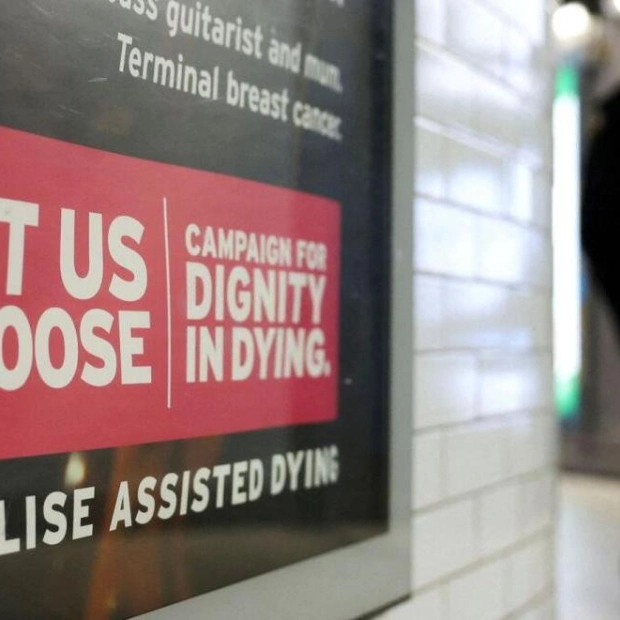Tesla reported a smaller-than-expected increase in third-quarter deliveries on Wednesday, as incentives and financing deals failed to attract enough customers for its aging electric vehicles, causing shares to drop more than 6%.
This puts the EV maker, already facing rising competition and slowing demand for EVs, at risk of its first-ever annual decline in deliveries after years of rapid growth. Shares of the world's most valuable automaker were set to erase all gains made so far this year by the end of Wednesday's session. The stock had risen in recent weeks due to investor expectations for Tesla's October 10 event in Los Angeles, where it is expected to unveil its robotaxi product, aiming to shift focus to AI-powered autonomous technologies.
Tesla has been cutting prices and extending incentives, including insurance offers and zero-interest financing, particularly in China, which accounts for a third of its sales. This helped boost China sales in July and August, according to data from the China Passenger Car Association. Analysts believe China's strength continued in September, but U.S. and European demand remained low.
"We believe China showed relative strength this quarter but was offset by weakness in the US and Europe," said Dan Ives, an analyst at Wedbush Securities, in a note.
Tesla delivered 462,890 vehicles in the July-September period, up 6.4% from a year earlier, marking its first quarterly growth after two consecutive quarters of falling sales. However, this fell short of the 469,828 deliveries expected on average by 12 analysts polled by LSEG.
While CEO Elon Musk expects the company to increase deliveries in 2024 from the record 1.8 million vehicles delivered last year, Wednesday's numbers make that "extremely difficult," according to Sandeep Rao, a senior researcher at Leverage Shares, an investment management company with assets of about $1 billion, including in Tesla and other EV makers.
Tesla now needs a record-breaking 516,344 vehicle deliveries in the fourth quarter to prevent a drop in 2024 sales. "There's only so much Tesla can do with price cuts and incentives while offering no fresh vehicles for customers," Rao said, noting that rivals, especially in China, have been launching a range of new models.
Price cuts and incentives have also squeezed the company's profit margins, a concern that investors and analysts believe could be detrimental in the long run. Some analysts, however, see a return to growth as a positive sign for Tesla, indicating that some of the incentives rolled out to boost demand are working.
"Taking a step back, deliveries returning to growth were the most important thing to come from today's numbers," said Hargreaves Lansdown senior equity analyst Matt Britzman, who holds Tesla shares.
The company delivered 439,975 Model 3 and Model Y vehicles, and 22,915 units of other models, including the Model S sedan, Cybertruck, and Model X premium SUV. It produced 469,796 vehicles during the July-September period. The deliveries were higher than those of rival BYD, which handed over 443,426 battery-electric vehicles in the third quarter.






